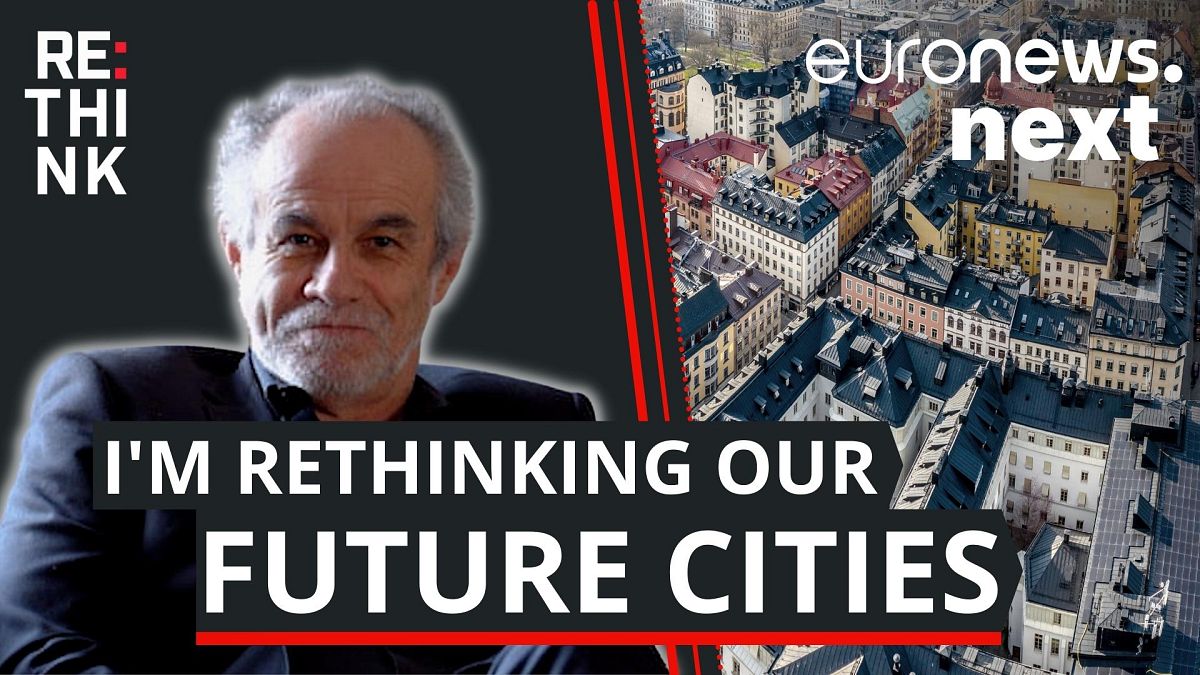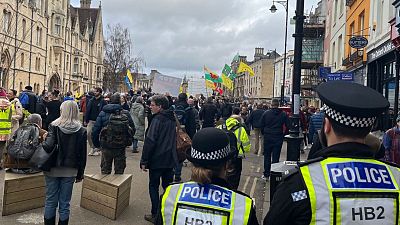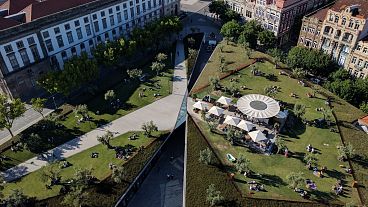The 15-minute city is a concept that responds to the climate emergency by ensuring that everyone can meet their essential needs within a small radius of home.
When the COVID-19 pandemic hit, it forced us to completely rethink how we lead our daily lives.
Even if the conditions slightly differed depending on the country we were living in, we all went through a form of lockdown that restricted our everyday space to an area much smaller than what we were used to.
For many, it made us question our relationship to the place we live in and, more generally, our relationship with living space.
This is also the question that Carlos Moreno, Associate Professor at the Paris IAE - Panthéon Sorbonne University in France, has been asking for several years.
He has developed a possible solution: the so-called “15-minute city”.
The essential needs to meet to be happy
For Moreno, there are six essential needs that have to be met in order to be happy, preferably within a short travel time from where you live.
This is the basis of his concept - to make it possible to satisfy these needs within a 15-minute trip, which includes walking and cycling.
The first category of needs is good housing conditions. The second one concerns work and how to limit the the amount of commuting needed. The third is grocery shopping and the access to quality food. The fourth is health; both mental and physical. The fifth is access to culture and the sixth is leisure.
The question is: what can be done to enable everyone to meet their needs in their 15-minute neighbourhood?
As we can’t build new cities from scratch, one of the solutions Moreno puts forward is the chronotopic approach. This means using the same place differently depending on the time of day.
For example, a school is only used during the week but it’s an empty space at the weekend. To avoid wasting that space two days a week, it could be used for other purposes such as hosting concerts or exhibitions.
Can the concept be applied everywhere to everyone?
One of the points that needs to be thought through concerns the development of remote working in order to avoid as much as possible daily commuting between home and the workplace.
This appears to be a sound idea to reduce CO2 emissions linked to transport. But what about the part of the population that can’t work from home; the ones travelling from the suburbs to the city centre, delivery men, builders going from one construction site to another and so on?
Moreno says that, due to people being able to work away from the classic company workspace, the pressure put on public transport or main roads will decrease, making it a smoother journey for the people who can’t move around.
It’s more a question of changing society than our infrastructure
We have seen a large number of organic shops spring up in our neighbourhoods. But not everyone can afford tomatoes grown without pesticides and that cost three times the price of those sold in supermarkets.
How can we make local shopping attractive and thus avoid unnecessary journeys to large shopping areas?
It requires financial intervention by the State to make the prices of goods in small shops affordable for all.
But this does not end with shopping. In order to allow the development of a “15-minute” neighbourhood, financial aid will also be needed to regulate the price of housing.
Ultimately, Moreno's proposal is more about changes to the social fabric of our cities rather than architecturally redesigning them.
For more on this story, watch the video in the media player above.



